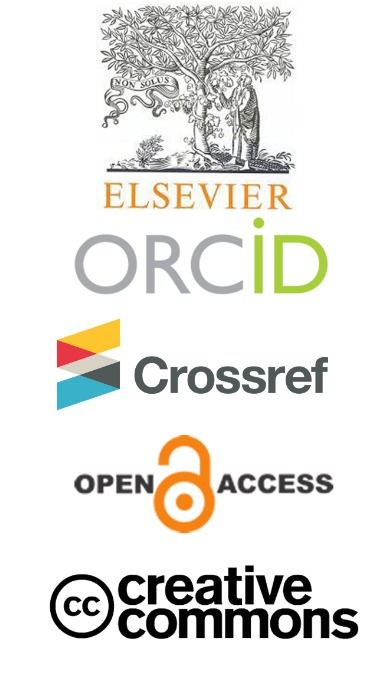Labor Force Participation of Married Women with Tertiary Education and Its Association with Childcare Arrangement: an Explanatory Sequential Mixed-Method Approach
Keywords:
labor force participation, married women, childcare arrangement, mixed-methodAbstract
As compared to the rest of the ASEAN countries, Malaysia's women labor force participation rate has remained low and it is below the global average. In addition, a deeper analysis revealed that the participation rate among educated women in the labor force participation had decreased. Recognizing the important role of women in the economy, this study examined the factors related with the involvement of educated women in the labor market. For those with children, child care arrangements associated with the employment status of educated mothers had been explored. Through the application of an explanatory sequential explanatory mixed-method approach, the objectives of this research were carried out based on a combined framework with the Theory of the Allocation of Time, as the dominant framework having partial common ground with the Theory of Investment in Human Capital. For the quantitative session, responses from 419 married women collected via an online survey was analyzed by using Binary Logistic Regression. Six of the twelve variables (residential location, women’s age group, women’s education, husband’s education, husband’s income, have children aged less than six years old) proved a significant result for the participation of married women in the labor market. For that reason, the importance of child care arrangement was further explored. In the second phase, the qualitative part, involved in-depth interviews with nine educated married women to prove three themes: the childcare cost, availability of childcare center, and safety of children. The conclusion that can be drawn from this study is, affordable and quality child care centers are effective ways to increase involvement of women with tertiary education in the labor market. Better quality nurseries should be established and mother-friendly working policies need to be implemented in Malaysia.



